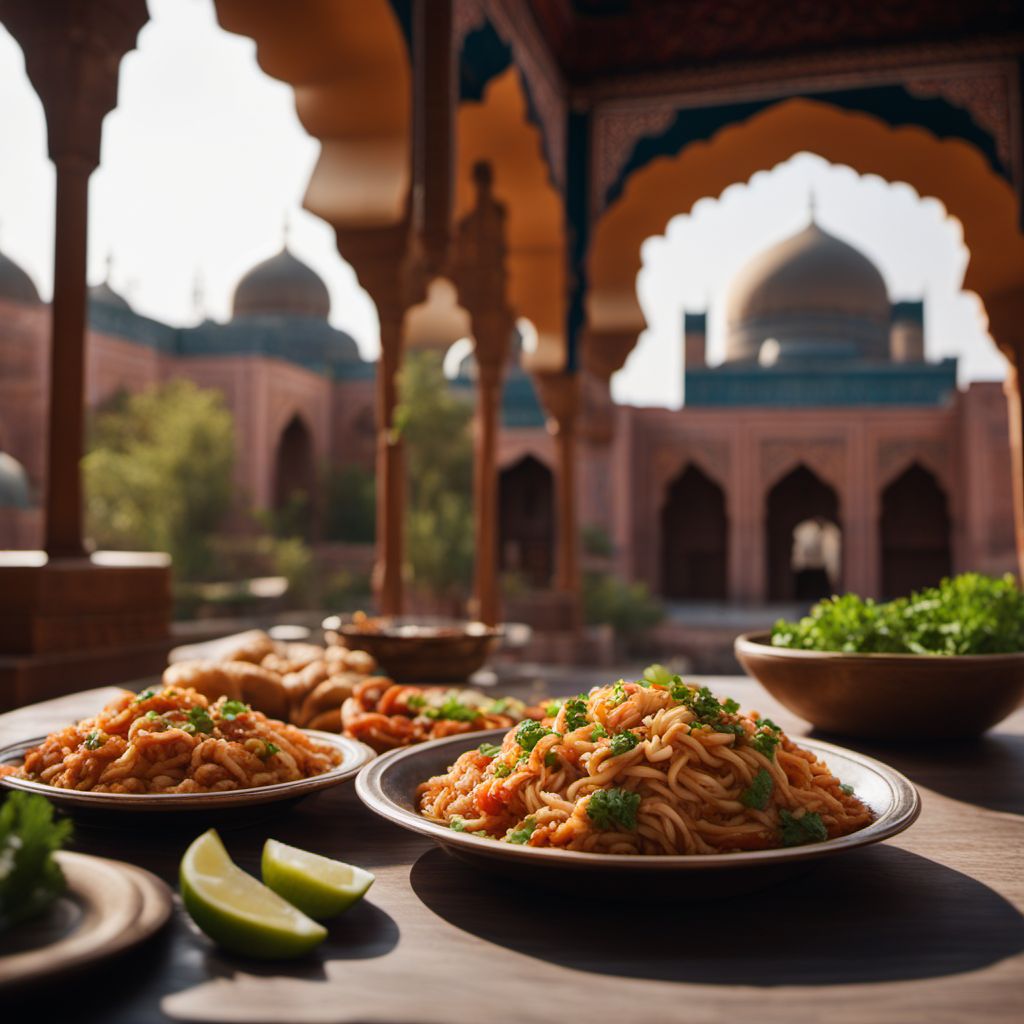
Cuisine
Uzbek cuisine
Uzbek cuisine is heavily influenced by the country's geography and climate. The arid climate and fertile soil have led to the development of dishes that feature meat, rice, and vegetables. Spices like cumin, coriander, and paprika are commonly used to flavor dishes. Soups are also a popular dish in Uzbek cuisine, and are often made with lamb or beef.
Typical ingredients
Lamb, Beef, Chicken, Rice, Onions, Garlic, Carrots, Potatoes, Tomatoes, Peppers, Beans, Lentils, Chickpeas, Yogurt, Sour cream, Dill, Parsley, Coriander, Cumin, Turmeric, Paprika
Presentation and garnishing
Dishes are often presented in large communal platters, and garnished with fresh herbs and spices.
The national dish of Uzbekistan is plov, a rice pilaf dish made with lamb, carrots, and onions.
More cuisines from this region...
Kazakh cuisine, Bukharan Jewish cuisine, Kyrgyz cuisine, Tajik cuisine, Turkmen cuisine
History
Uzbek cuisine has a long history dating back to the ancient Silk Road trade routes. The region's cuisine has been influenced by various cultures over the centuries, including Persian, Mongolian, and Russian. The Soviet era also had a significant impact on Uzbek cuisine, with many dishes incorporating ingredients like potatoes and mayonnaise.
Cultural significance
Food is an important part of Uzbek culture and is often served in large portions to show hospitality. Meals are typically eaten with the hands, and bread is used to scoop up food.
Health benefits and considerations
Uzbek cuisine is generally healthy, with a focus on fresh ingredients and simple cooking techniques. However, some dishes may be high in fat and calories.
Uzbek cuisine dishes Browse all »

Samarkand non
Samarkand bread
Samarkand non is a traditional Uzbek bread that is often served with meals. It is a round, flat bread that is baked in a tandoor oven.

Shirin plov
Sweet plov
Shirin plov is a traditional Uzbek dish made with rice, meat, carrots, onions, and raisins. It is a flavorful and aromatic dish that is perfect for special occasions or family...

Chuchvara
Chuchvara is a traditional dish from Uzbekistan. It is a hearty and filling dish that is perfect for a cold winter day.
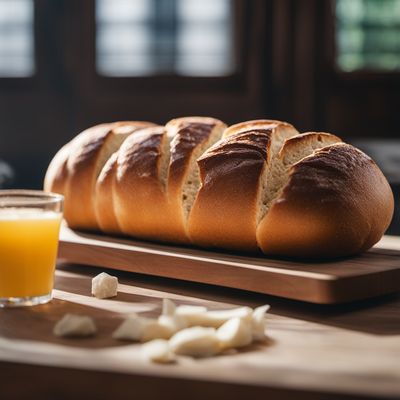
Bread
Bread is a staple food that is enjoyed in many cultures around the world. It is made from flour, water, and yeast, and can be baked in a variety of shapes and sizes.

Sofakli palov
Rice with pumpkin and lamb
Sofakli palov is a traditional Uzbek rice dish that is cooked with lamb, carrots, onions, and spices. It is a hearty and flavorful meal that is perfect for any occasion.
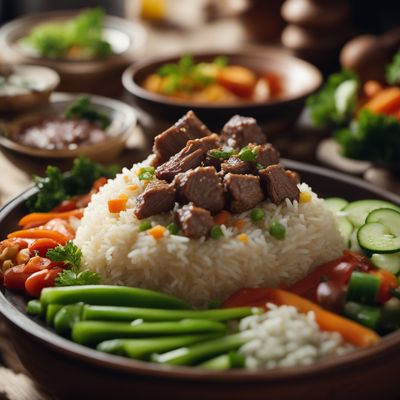
Kovatok palov
Rice with lamb and vegetables
Kovatok palov is a traditional Tajik dish made with rice, lamb, and a variety of spices. It is often served with pickled vegetables and is a staple food in Tajikistan.

Guru khingal
Guru Khingal
Guru khingal is a traditional Uzbek dish that is made with homemade noodles, lamb, and vegetables. The dish is typically served in a large pot, with the noodles and meat...
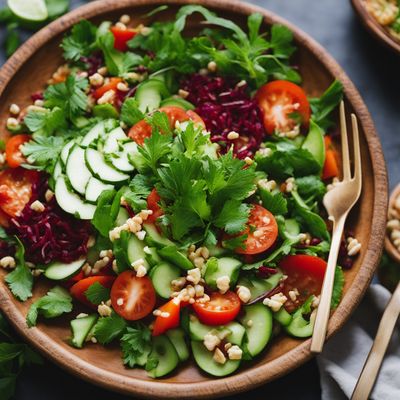
Tashkent Salad
Tashkent Salad is a traditional Uzbek salad that is perfect for summer. It is a refreshing and light dish that is easy to make and packed with flavor.
Uzbek cuisine recipes Browse all »

Kovatok Palov with Lamb and Vegetables
Savory Uzbek Lamb and Vegetable Rice Delight
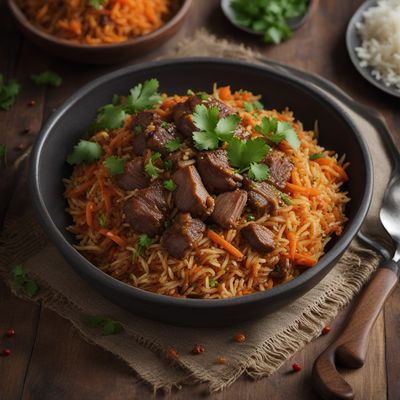
Uzbek-inspired Lamb and Rice Pilaf
Savory Delights: A Flavorful Journey through Uzbek Cuisine
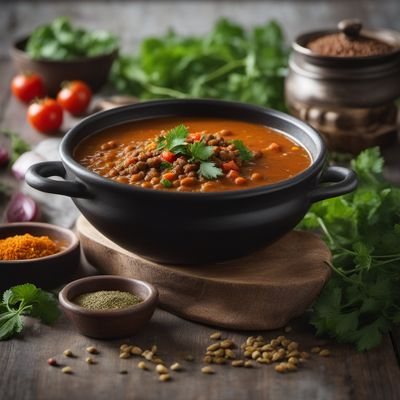
Uzbek-style Lentil Stew
Hearty Lentil Delight: A Taste of Uzbekistan

Crispy Spiced Fish Fritters
Uzbek-inspired Crispy Fish Fritters with a Spicy Twist

Uzbek Chocolate Walnut Tart
Decadent Uzbek Chocolate Walnut Tart: A Fusion of Rich Flavors

Uzbek-inspired Żymlok with Spiced Lamb
Silk Road Delight: Fragrant Spiced Lamb atop Uzbek Żymlok

Lagman - Uzbek Noodle Soup
Savory Delight: Uzbek Lagman Noodle Soup

Sofakli Palov
Savory Delight: Sofakli Palov - A Taste of Uzbekistan

Samarkand Non - Traditional Uzbek Bread Recipe
Golden Crusted Samarkand Non: A Taste of Uzbekistan's Rich Bread Heritage
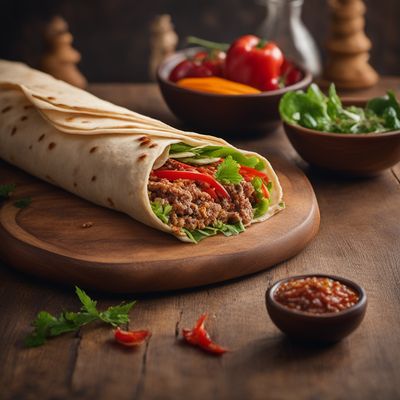
Obi Non - Traditional Uzbek Flatbread
Savor the Flavors of Uzbekistan with Obi Non
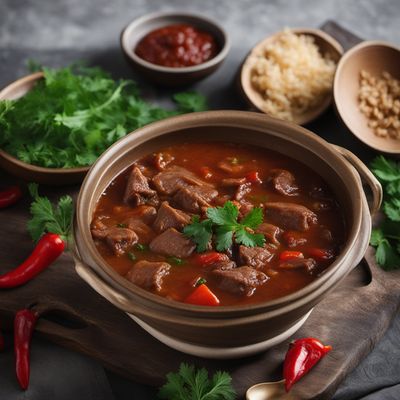
Uzbek-style Papaitan: Spicy and Savory Beef Offal Soup
Fiery Uzbek Beef Offal Soup: A Bold and Flavorful Delight

Uzbek-inspired Fruit Scones
Savory Delights: Uzbek-inspired Fruit Scones with a Twist